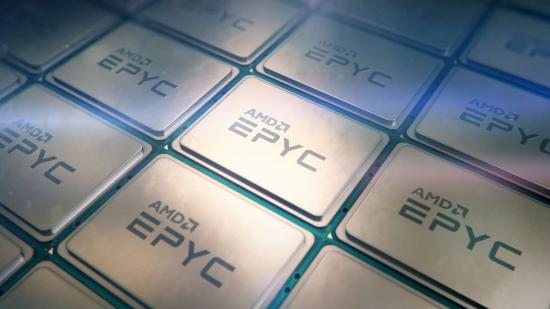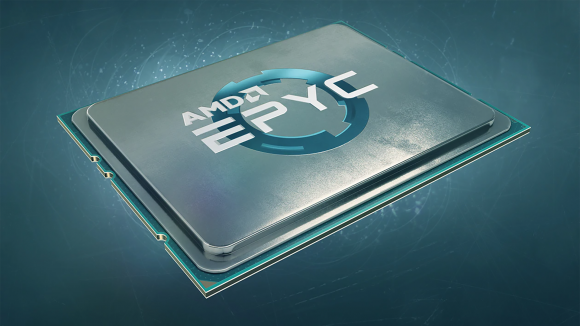We might sometimes forget that our favourite PC gaming hardware brands like AMD also dabble in those mighty large-scale projects you sometimes see on the TV – those that put our AMD Ryzen 9 3900X and RTX 2080 Ti’s computing power to shame. The sort of project that requires a rate of data output and consumption that would chew through your 1TB SSD in a split second. One like CERN’S LHCb project.
AMD recently released a case study [PDF] explaining how “AMD EPYC CPUs enable rapid quark detection at the LHCb experiment at CERN”. In a recent press release, the company said: “CERN, the largest particle physics laboratory in the world, recently selected 2nd Gen AMD EPYC processors in Gigabyte servers to harness the massive amounts of data from their latest Large Hadron Collider (LHC) experiment to rapidly detect subatomic particles known as beauty quarks.”
The LHC, located deep underground near Geneva, gained infamy around the time it started up for the first time in 2008, with many people worrying about the possibility for its particle collision to create a black hole. This fear never became a reality; instead, the Higgs boson (the ‘God particle’) was discovered by researchers using the LHC in 2012.
The Higgs boson is a particle that verifies the existence of a ‘Higgs field’, which in turn explains why objects in the universe have mass. The Higgs boson is a particle that exists only very, very briefly, and is created when a particle interacts with the Higgs field. In short, the LHC has led to some amazing discoveries that help uncover the hidden structure of our universe.
The 2nd Gen AMD EPYC processors’ role will be to form part of a hardware platform that “is able to cope with the requirement of handling immense data throughput”. And the project these processors will power is “an investigation into what happened just after the Big Bang that allowed matter to survive and build the universe we know today”. There aren’t many projects that could lay claim to so grand a task.
When particles collide in the LHC, an enormous amount of data needs to be collected and sifted through every second – 40TB of it, in fact. Sifting through all this data is the job of AMD’s processors. As is explained in the case study: “Much of this collision data will not be relevant, so job number one is sifting through the information as it arrives and pulling out the relevant results that have the highest probability of providing critical insight. This is a hugely taxing high-performance computing task, and it requires the most capable server hardware available.”
Well, those at LHCb and CERN seem to agree that AMD’s EPYC platform should be more than up to the task. And could there be a more wondrous task? “Observing the behaviour of beauty quarks as they decay helps explain why the universe is chiefly made of matter rather than antimatter.” This is the task of the LHCb project – this is the task of AMD EPYC.

